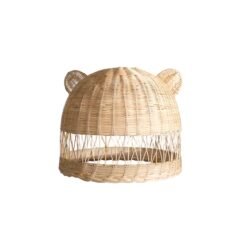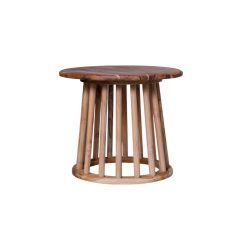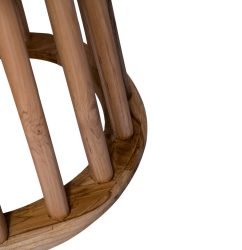Rattan furniture is experiencing a surge in popularity thanks to its timeless appeal, durability, and eco-friendly qualities. If you are passionate about sustainable design and want to start your own rattan furniture brand, this step-by-step guide will help you develop a successful rattan furniture line — from ideation to bringing your products to market.
1. Research the Rattan Furniture Market
Before you design your first piece, you need to understand the rattan furniture market. Research:
- Current design trends (e.g., bohemian, tropical, Scandinavian styles)
- Target customer segments (e.g., hotels, restaurants, residential customers)
- Price points and competitor brands
- Sustainable sourcing opportunities
Use market research tools and platforms like Google Trends, Pinterest, or Houzz to identify what designs and finishes are in demand.
2. Define Your Brand Identity
Building a strong brand is essential. Ask yourself:
- What values will your brand represent? (e.g., sustainability, craftsmanship, fair trade)
- What is your brand’s design language? (modern, rustic, vintage, minimalist, etc.)
- Who is your ideal customer?
Establishing a clear brand identity helps you create cohesive collections and market them effectively.
3. Create Unique Designs
In a competitive rattan furniture market, unique and functional designs will set your line apart. Consider:
- Sketching your concepts or hiring a designer
- Balancing aesthetics with comfort and durability
- Creating signature pieces that represent your brand
Don’t forget to test prototypes with real users for feedback before launching full production.
4. Source High-Quality Rattan Material
The quality of your rattan is vital. Partner with reliable rattan suppliers who offer:
- Sustainably harvested rattan
- Consistent quality in diameter, color, and flexibility
- Fair-trade and ethical sourcing practices
Using eco-friendly rattan materials will give your brand an edge with environmentally conscious buyers.
5. Choose the Right Manufacturing Partner
If you don’t own your own workshop, you’ll need to find a manufacturing partner who can:
- Produce your designs to specification
- Maintain consistent quality
- Handle scalable production
- Offer fair labor practices
Visit potential factories in person if possible, and review their certifications and sample works.
6. Develop a Pricing and Positioning Strategy
Set your pricing based on:
- Material and production costs
- Target profit margin
- Market prices and customer willingness to pay
Position your products carefully: are you targeting luxury hospitality clients, mass-market consumers, or boutique retailers?
7. Create Prototypes and Test
Before a big production run, build prototypes to:
- Check for design flaws
- Validate durability and ergonomics
- Capture marketing photos
Testing prototypes with potential customers will save you costly mistakes down the road.
8. Build Your Marketing Plan
Once your rattan furniture line is ready, promote it with:
- High-quality lifestyle photography
- Storytelling about your brand values
- SEO-optimized product descriptions
- Social media campaigns on Instagram, TikTok, Pinterest
- Partnerships with designers and interior stylists
An authentic brand story can greatly increase your appeal to eco-conscious and design-savvy customers.
9. Launch and Collect Feedback
Launch your rattan furniture line through:
- An online store
- Trade shows
- Local or international distributors
- Pop-up events
After launch, actively collect feedback to improve future collections and grow your brand sustainably.
Conclusion
Developing your own rattan furniture line can be a rewarding venture that combines creativity, sustainability, and craftsmanship. By researching your market, building a unique brand identity, and working with ethical suppliers, you can bring a beautiful, eco-friendly furniture line to life. Start planning today and carve out your niche in the global rattan furniture industry.





